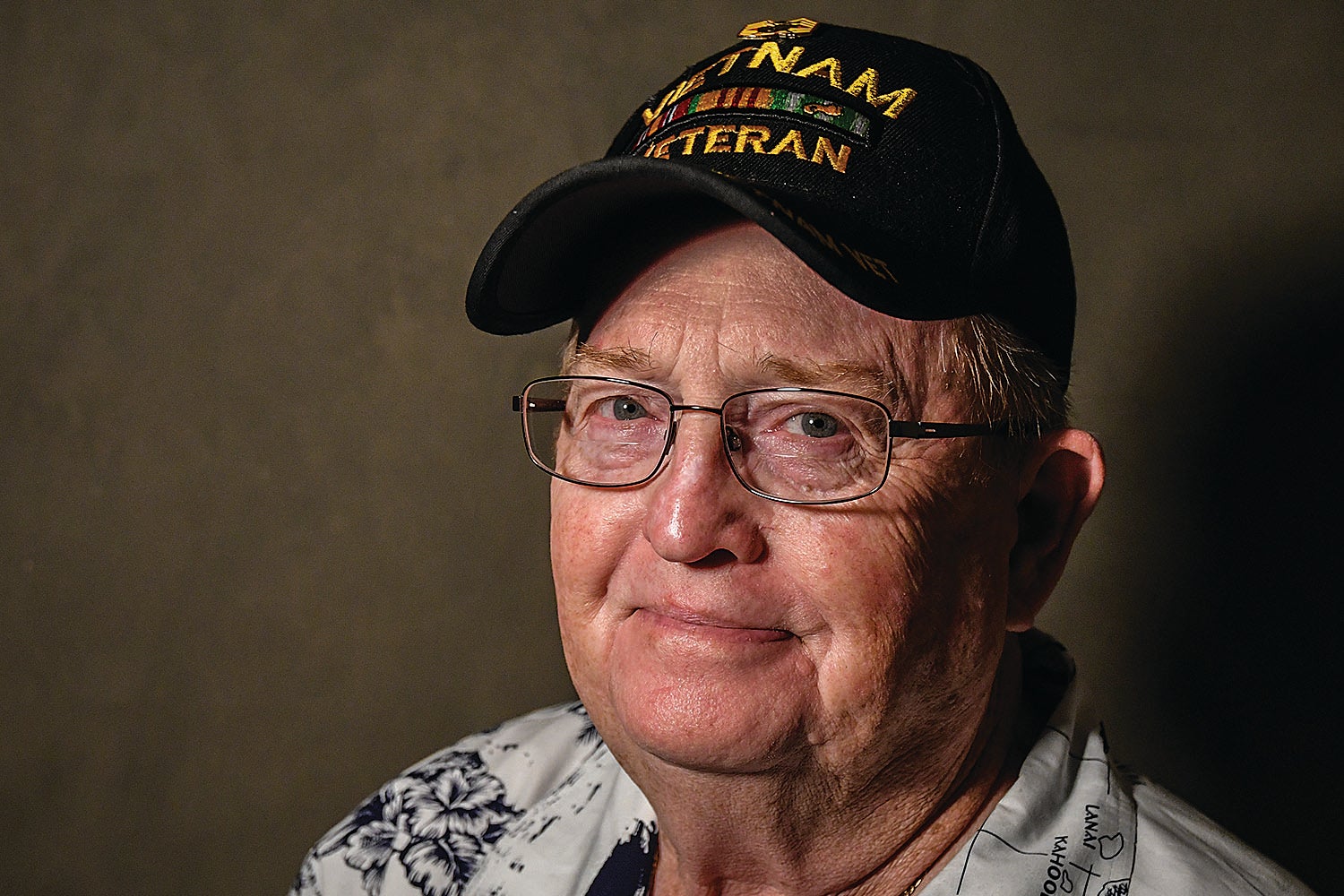How much do you know about Clarence Thomas?
Published 3:30 pm Tuesday, February 8, 2022

- Gene Hays, in Oxford, Miss. on Monday, August 14, 2017. (Photo/Bruce Newman)
Clarence Thomas was born June 23, 1948, in Pinpoint, Georgia. In 1991, Thomas was appointed the second African American to serve on the Supreme Court, replacing Thurgood Marshall, the court’s first African American member.
Justice Thomas was educated in Savannah, Georgia, at an all-Black Roman Catholic primary school run by white nuns and then at a boarding-school seminary, where he graduated as the only African American in his class. He attended Immaculate Conception Abbey in his freshman year of college and then transferred to Holy Cross College in Worcester, Massachusetts, where he graduated with a bachelor’s degree in 1971. He received a law degree from Yale University in 1974.
Thomas served as an assistant attorney general in Missouri, as a lawyer with the Monsanto Company, and a legislative assistant to Republican Senator John C. Danforth of Missouri.
In the Republican presidential administrations of Ronald Reagan and George H.W. Bush, Justice Thomas served as assistant secretary in the U.S. Department of Education, chairman of the Equal Employment Opportunity Commission, and judge on the U.S. Court of Appeals for the Federal District in Washington, D.C., a post to which he was appointed by Bush. Marshall’s retirement gave Bush the opportunity to replace one of the court’s most liberal members with a conservative.
The president was under significant political pressure to appoint another African American, and Thomas’s service under Republican senators and presidents made him an obvious choice.
Despite his appeal to Republican partisans, however, his nomination was controversial because he had little experience as a judge, he had produced little judicial scholarship, and he refused to answer questions about his position on abortion.
Nevertheless, Thomas seemed headed for easy confirmation until a former aide stepped forward to accuse him of sexual harassment, a subject that dominated the latter stages of the hearings. The aide, a Black law professor at the University of Oklahoma, alleged that Thomas had made sexually offensive comments to her in an apparent campaign of seduction. Thomas denied the charge, and a deeply divided Senate only narrowly confirmed Thomas’s nomination by a vote of 52 to 48.
In Thomas’s first major case, Planned Parenthood of Southeastern Pennsylvania v. Casey (1992), he joined Justice Scalia’s dissent, which argued that Roe v. Wade (1973), the ruling that established the legal right to abortion, should be reversed.
Thomas’s conservative ideology also was apparent in his opinions on the issue of school desegregation. He wrote a 27-page concurring opinion that “condemned the extension of federal power into the states and insisted that de facto, as opposed to de jure, segregation in schools is in itself neither unconstitutional nor psychologically injurious to Black students”—a reference to the Court’s conclusion in Brown v. Board of Education of Topeka (1954) that the policy of forcing Black children to attend separate schools solely because of their race created in them a feeling of inferiority that undermined their motivation to learn.
Although the controversy surrounding his appointment dissolved significantly shortly after he joined the bench, Thomas continued to draw protestors from minority and women’s rights organizations at his public appearances. Ideologically, Thomas and Marshall were stark contrasts, and throughout his career Thomas worked against many of the causes championed by his predecessor. Credit SCOTUS Bio.
Gene Hays is an author and historian with books available on Amazon.com.





